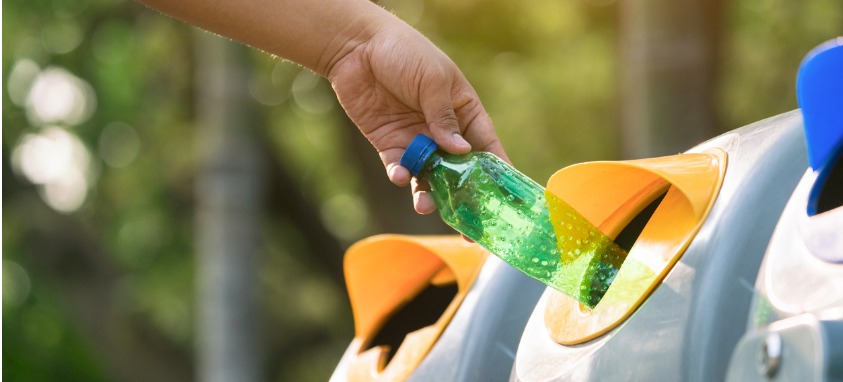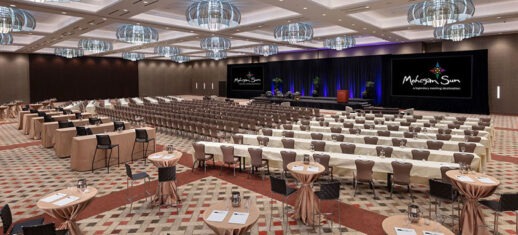When it comes to environmental impact, there is no getting around the rather large footprint the meetings industry has left behind in the past. Add to that the fact that we have been talking about how to throw green events for years, and you’d be forgiven for feeling a little overwhelmed with the ever-growing sustainability checklist. But making your events eco-friendlier is easier now than ever before.
Bonus points if you’re already doing some, or all, of these smart approaches to your next event.
Hydration
Whether it is bottles of water or cans of soda, there can be a lot of waste produced just keeping your attendees hydrated. For smaller events, replacing plastic water bottles with pitchers of water and glasses on the table is a quick and easy step towards sustainability. Meanwhile, branded, reusable water bottles are excellent when paired with refilling stations placed throughout your event.
More: Making Your Event Environmentally Friendly By Planning Ahead
The Amount of Paper
Events technology is exploding, making going paperless a real possibility. Ditch the pamphlets and convention floor maps with an all-in-one app, complete with the event schedule placed online for attendees to reference at any time. While you’re at it, exchange paper plates for biodegradable, more durable—and stylish—bamboo tableware. Better still, insist on table settings that are washable.
Transportation
By far the largest contributor to your event’s footprint is simply getting people there. Being mindful about the destinations you consider, as compared to where the majority of your audience lives, can help a lot. Likewise, arranging carpooling shuttles and including public transit passes for attendees is a reliable way to cut down on greenhouse gasses once people are already there. Why not live-stream to “virtual” ticket holders unable to attend in person? It’s a great way to increase your event’s reach without the extra pollution.
Waste Management
Attendees will recycle…if they can find the right can. More often than not, attendees will look around, only see a trash receptacle, and toss in their recycling so they can get back to the meetings they are there for. Always keep trash and recycling side by side. To go the extra mile, add compost to the grouping (if the local waste management system will accept it). Supplied with clear labeling—a trained can attendant is even better—attendees will take care of the rest.
Food
To give your event more local flavor and reduce potential carbon pollution while you’re at it, pivot toward locally sourced food. Attendees love knowing the local backstory behind the food they eat. Additionally, taking the time to analyze how much food was left unconsumed at previous events can mean the difference between “just right” and “too much.”
The Venue
As the push for more environmentally conscience policies has intensified over the years, many hotels and venues have embraced these changes wholeheartedly. Start by looking for a LEED or other eco-certification (such as EarthCheck, Green Globe and Green Seal), and don’t hesitate to ask a venue about just how sustainable its practices are. And make sure you’re working with partners that share your eco-friendly values.
Planning it All
Despite modern advances, sustainable, green events don’t just happen. You know that. So start the planning early, go in with informed expectations, and celebrate what changes you can make, even if you want to achieve more next time.




